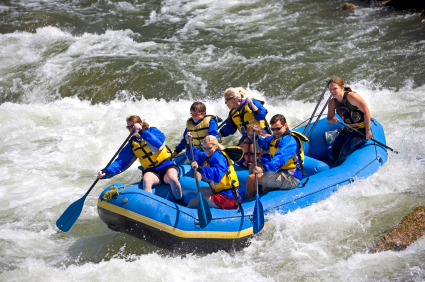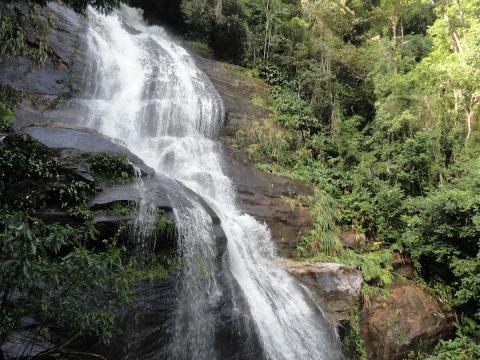Location
Cala d'Or spreads out over a long stretch of Mallorca's coastline, and there are five associated beaches situated in small coves (also known as calas) - Cala d'Or, Cala Esmeralda, Cala Ferrera, Cala Serena & Cala Gran.
The beaches are all beautiful but as they are small and the area is popular they can become very busy in the peak summer months. But if you are prepared to explore a little further up or down the coast you can be rewarded with quieter and more natural beaches - try Cala d'en Borgit or Cala Varques.
Cala Serena Beach
Cala Serena is the most northerly beach in Cala d'Or but only by 300m. This is a very small sandy bay with rocky edges that keep the water calm. There are no bars, restaurants, shops or even life guards here but these surroundings make it prettier than it's neighbour Cala Ferrera, and is far more natural. Some of the dive schools in the area use Cala Serena as a pick up and drop off point for diving excursions so it's a good place to relax between dives.
Cala Ferrera Beach
Cala Ferrera is the next beach down the coast. It is bigger and deeper than neighbouring Cala Serena and has a hotel just beside it. The beach has parasols, pedalos, sunbeds and a bar as well as lifeguards and even a masseuse. Although the area around the beach has been developed, efforts have been made to keep the beach clean and in 2012 it was awarded a Blue Flag. The water here is a beautiful turquoise colour and is calm due to the protective surrounding rocks. This also makes for good snorkelling conditions.
Cala Esmerelda Beach
Cala Esmeralda is the next beach along and is slightly more central to Cala d'Or. It is surrounded by apartments and hotels, some of which overlook the beach. The beach itself is small - only 25 square metres - and so can become very busy. But on a good day it is a beautiful place to enjoy the sun. The water is an amazing blue-green colour and the long thin cove shelters it from the wind and keeps the water calm and clear.
You'll find showers and toilets here, along with a bar and restaurant. There are no lifeguards on duty here.
Cala Gran Beach
Cala Gran is probably the biggest and deepest of the beaches in Cala d'Or. It measures 40 metres in length and is around 100 metres deep. The sand is soft, fine and white which makes a wonderful contrast with the clear blue sea. Cala Gran is another of Mallorca's Blue Flag beaches.
Like Cala Ferrera it has been built up and there are bars and restaurants at the edge of the sand. Sunbeds and parasols available, and there is a play area for children situated at the back of the beach. Showers and toilets are available and there is a ramp for the disabled.
The beach is busy but clean and the waters are watched over by a lifeguard.
Cala d'Or Beach
Cala d'Or is the last bay in the southern part of Cala d'Or and is the closest beach to the squanky marina. The beach here is also known as Es Forti and is very similar to Cala Esmeralda. The beach is located at the end of a narrow inlet in a small bay which means you don't get to to see the open sea from the beach. The beach is only 40 metres long but is 100 metres deep, so you may have a short walk in order to go for a swim. The sand is soft, fine and golden and the cove is sheltered so the sea is nice and calm for children. It surrounded by hotels and apartments but some are fairly concealed by pine trees so it feels less built up than it actually is.
The beach is equipped with parasols and sunbeds as well as showers and toilets. There is a bar at the back of the bay.





















